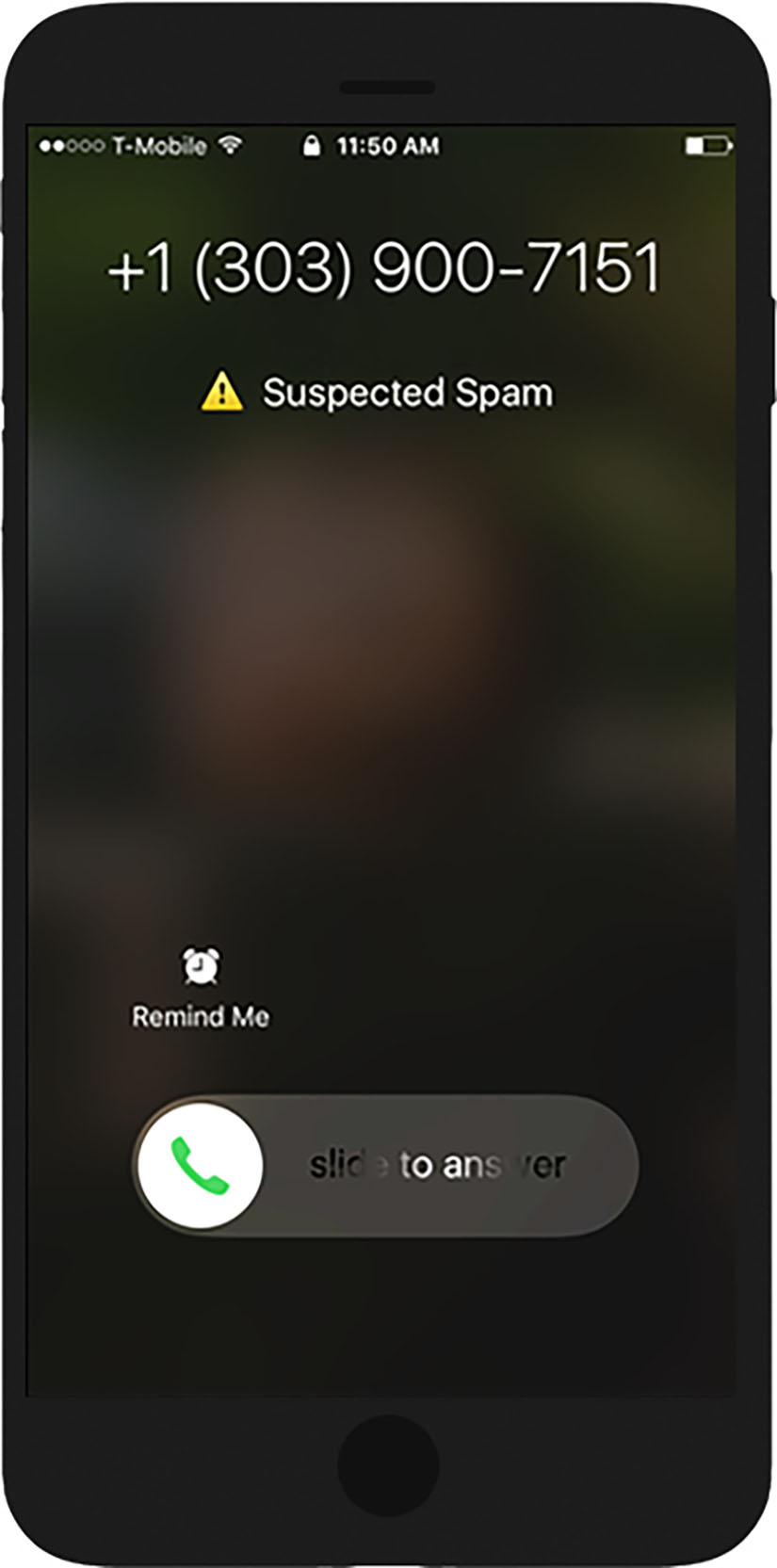We all love those unwanted calls and spam texts – said no one ever! Spammers are getting more creative as technology grows. Many use spoof numbers to call from and they’ll often use the same area code as your own number in order to appear as someone local. We’ve got a few simple tips on how to block and report those telemarketers, robocalls, and scammers so they’ll (hopefully) stop bothering you. None of these tips guarantee that the spam calls and texts will stop completely but following these steps should reduce the number you receive and will also help the FTC and cellphone carriers combat the problem in the long run.
Register Your Number
Make sure your number is on the Federal Trade Commission's Do Not Call list
Block and Report Individual Numbers
Block and report spam numbers in hopes to prevent future calls and texts of the same nature

Filter Spam Calls
Bulk filter suspected spam calls through your smartphone's settings and carrier
Use An App
Curb the spam calls and texts through various apps on your smartphone
First off, there is a difference between spammers and scammers. Spammers are usually unwanted calls and texts from companies you’ve done business with previously and they will normally take you off their list if asked. Scammers, on the other hand, are usually out to hack your information or take your money. If you get an obvious spam text or call, the key is to not engage. Do not press any numbers from their automated menu, do not reply STOP – simply ignore them, if possible. By completely ignoring them, they may think the number is no longer in service and stop bothering you.

The first step to stopping these bothersome calls is to put your number on the Do Not Call list and report any unwanted calls to the Federal Trade Commission. The FTC will ask for various information regarding the call and add the number to its database.

If the company calling refuses to take you off their list or if a scammer simply won’t leave you alone, you can block and report the number in hopes to prevent more future calls and texts. Some Andriod smartphones offer the ability to report spam calls from the phone directly by opening your recent calls list, tapping on the number in question and choose Block/Report Spam. Other phones usually give you the option to block numbers by following similar instructions but not able to report them as spam. The iPhone should be offering more spam reporting options with their iOS 12 release.
Reporting text messages are a little easier. From any smartphone, you can just forward the text message to SPAM (7726) and most carriers will use this information to try and block future spammers.

Android users can enable Google’s built-in spam filtering from the Caller ID and Spam option in settings. Here you can enable the option to filter suspected spam calls. Moving forward, instead of just warning you that a call might be spam, Google will prevent the call altogether.
The iPhone, unfortunately, doesn’t have an option to filter these types of calls yet, but both Android and iPhone users can filter spammers and scammers with help from their carrier.
- Verizon – offers a Caller Name ID app that you can subscribe to for $2.99/month and will filter spam from within the app
- AT&T – offers the option to enable the AT&T Call Protect feature, which will automatically block fraudulent calls and warn you of suspected scammers
- T-Mobile – will automatically notify you of suspected scammers when they call. They also offer the ability to activate an optional account feature called Scam Block which will prevent those scammers from getting through to your number entirely
- Sprint – offers a $2.99/month service called Premium Caller ID that will try to identify numbers that aren’t in your address book and warn you if it suspects a spam call

If you prefer to not filter spam calls through your carrier, there are also a few apps such as Trucaller, Mr. Number Call Block, RoboKiller and Hiya Caller ID, that can help curb the spam. Many of these apps are free for the first week or so, then cost monthly or yearly subscriptions after that.